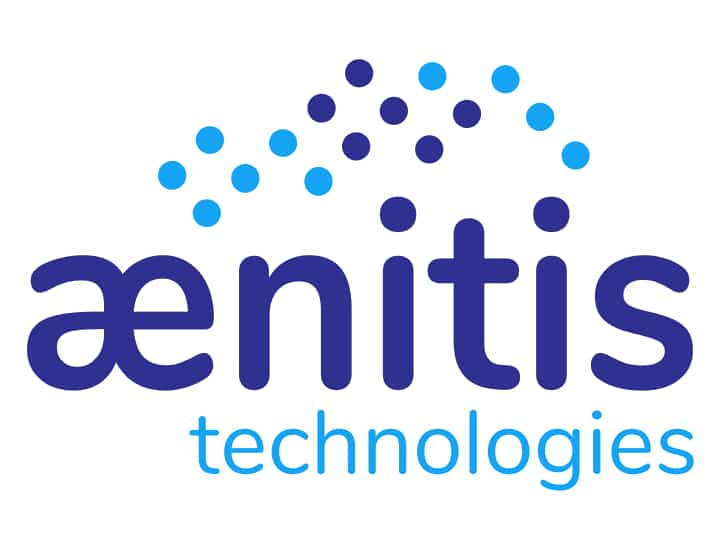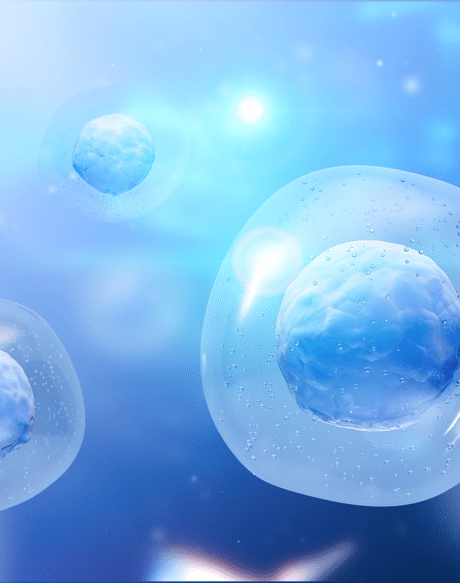Stem-Cell based (AMSC-S)
Issues
Regenerative medicine, combining both tissue engineering and cell therapy, now represents a global market of €11Bn, associated with a considerable annual growth rate, estimated at 26%.
Among cellular therapies, Mesenchymal Stem Cells (MSC) have a potential for differentiation and particularly interesting properties:
– immunomodulating role,
– angiogenic role,
– trophic role,
– ability to differentiate into chondrocytes, osteoblasts, adipocytes in particular
MSC are the most used cells in the field of regenerative medicine: skin grafts, transplant rejections, haemorrhagic shock, autoimmune diseases, non joint fractures, degenerative disc disorders, strokes, heart attacks, etc.
For all of these applications, more than 100 new clinical trials begin each year to validate the high interest of MSC.
The process of isolating and preparing cells (“downstream processing”) is still long, complex, costly, and presents a high risk of contamination during manufacturing.
Aenitis approach
The AMSC-S project’s objective is to develop and industrialization of high-value acoustofluidic medical devices added in the preparation of the MSC.
AMSC-S will have value creation on cost, on time, on the performance and limit of contaminations in the isolation of MSC.
Six stages of stem cell therapy
1. Stem cells move from bone marrow to blood stream using chemotherapy and synthetic growth factor
2. Machine collects blood and separates out stem cells
3. Stem cells frozen ready to return to body later
4. More chemotherapy used to fully partially wipe out bone marrow and immune system
5. Stem cells return to body using a drip
6. Body recovers over period of 3-6 months, sometimes longer

